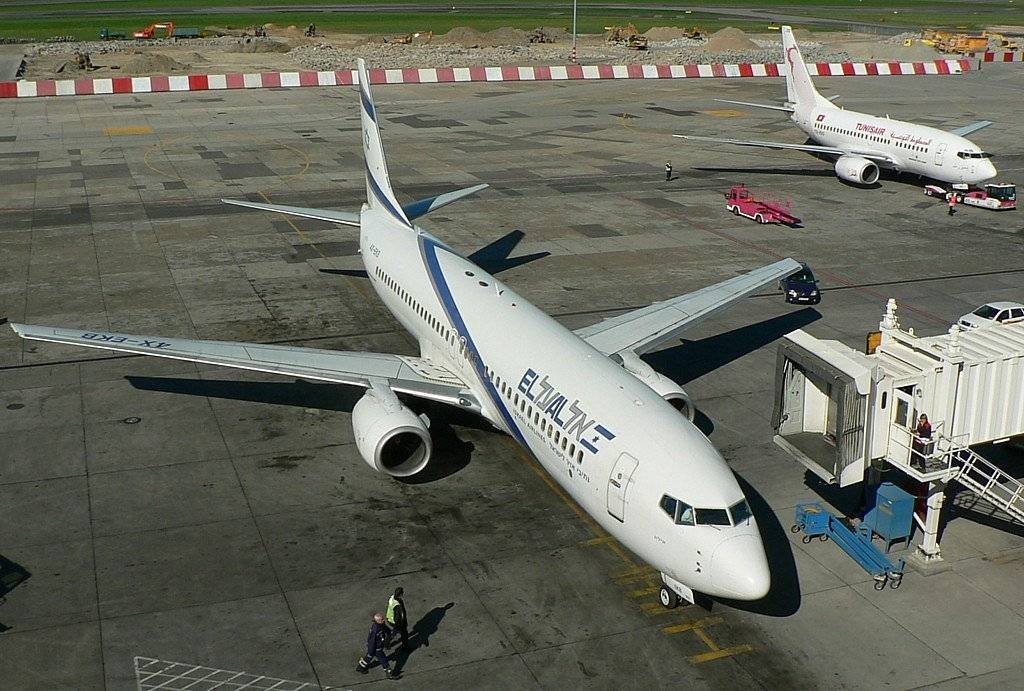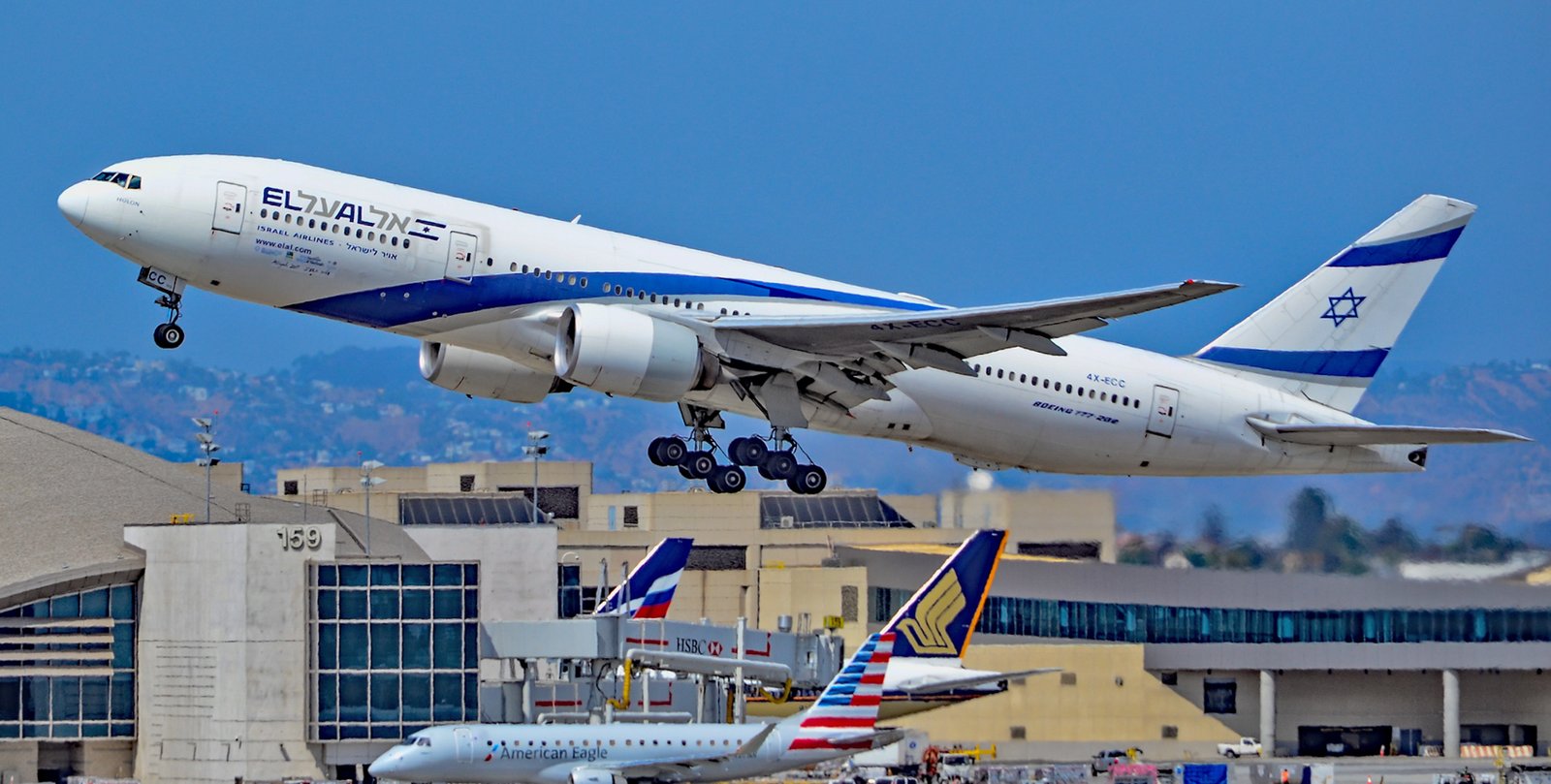In the volatile theater of the Middle East, where geopolitical tensions frequently translate into real-world consequences, the European Union’s aviation watchdog, the EU Aviation Safety Agency (EASA), has issued a fresh advisory urging caution. This directive comes in the wake of recent aggressive military activities by Iran, which included the engaging rockets and drones into Israeli territory on April 13 and April 14, 2024.
EASA’s Monitoring of the Situation
EASA’s vigilance has been pronounced, with a detailed statement asserting their close observation of the unfolding events. The agency emphasized its coordination with regional aviation bodies, particularly the Civil Aviation Authority of Israel, to assimilate crucial intelligence that could influence operational safety. “The European Commission and EASA will continue to closely monitor the situation to assess any potential safety risks for EU aircraft operators and be ready to act as appropriate,” the statement confirmed.
The Impact of the Conflict on Airspace
The conflict’s immediate repercussions were felt in the airspace management over several Middle Eastern countries, including Israel, Lebanon, Jordan, Iraq, and Iran, all of which saw airspace closures through Notice to Air Missions (NOTAMs). However, these were promptly lifted on April 14, with EASA clarifying that there were no overflight risks for civil aircraft at any time during the closures.
Current Airline Responses
The advisory has had tangible effects on airline operations. For instance, airBaltic has adjusted its routes, with Flight BT 792 from Dubai International Airport to Riga Airport making an unscheduled stop in Burgas for refueling due to the rerouted flight path. Similarly, a British Airways Boeing 777-200ER recently took a westward detour through Saudi Arabia, deviating from its original flight path that included Kuwait, Iraq, and Turkey, before entering EU airspace.

Ongoing Safety Advisories
As of the latest updates, EASA has maintained advisories for both Israel and Iran. The advisory for Israel pertains to a 100-nautical-mile radius around the country, advising pilots to heed all aeronautical publications. Regarding Iran, EASA has highlighted an increased potential for miscalculation or misidentification over FIR Tehran, urging airlines to remain vigilant and follow all provided aeronautical instructions closely.
Conclusion
In conclusion, while the NOTAMs associated with this latest conflict have expired, the situation remains fluid. EASA’s ongoing communications and advisories reflect a comprehensive approach to ensuring the safety of EU-operated flights amidst ongoing regional tensions.
FAQs
- What specific areas are covered by EASA’s advisories?
- EASA’s current advisories cover airspace surrounding Israel and Iran, specifically advising caution within a 100-nautical-mile radius of Israel and all airspace over Iran.
- Are there any risks for civil aircraft flying over these areas now?
- According to EASA, there are no current overflight risks for civil aircraft, as long as the advisories and aeronautical instructions are followed.
- How are airlines adapting to these advisories?
- Airlines like airBaltic and British Airways have altered their flight paths to avoid potential conflict zones, demonstrating adherence to EASA’s guidance.
- Will these advisories affect flight schedules?
- While there may be minimal disruptions, such as alternate refueling stops or route detours, major schedule impacts are unlikely if the situation does not escalate further.
- How long will these advisories remain in place?
- EASA will continue to monitor the situation and update advisories as necessary, based on ongoing assessments of regional stability and safety.
Each of these titles aims to capture the urgency and significance of the situation while enticing readers to learn more about EASA’s advisories and their implications.
More latest news
Austrian Airlines Suspends Flights & Others Avoid Iranian Airspace As Tensions Mount

